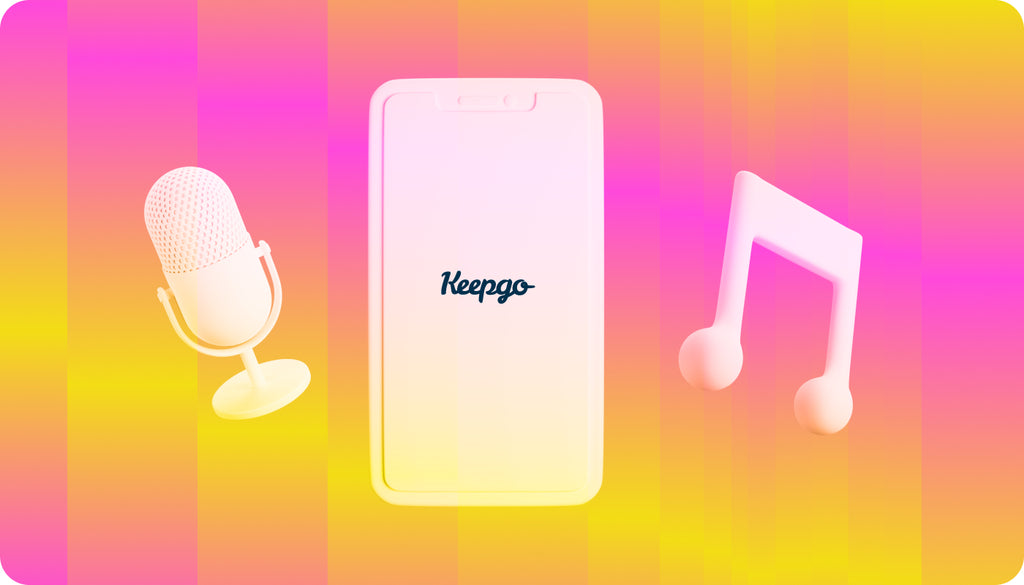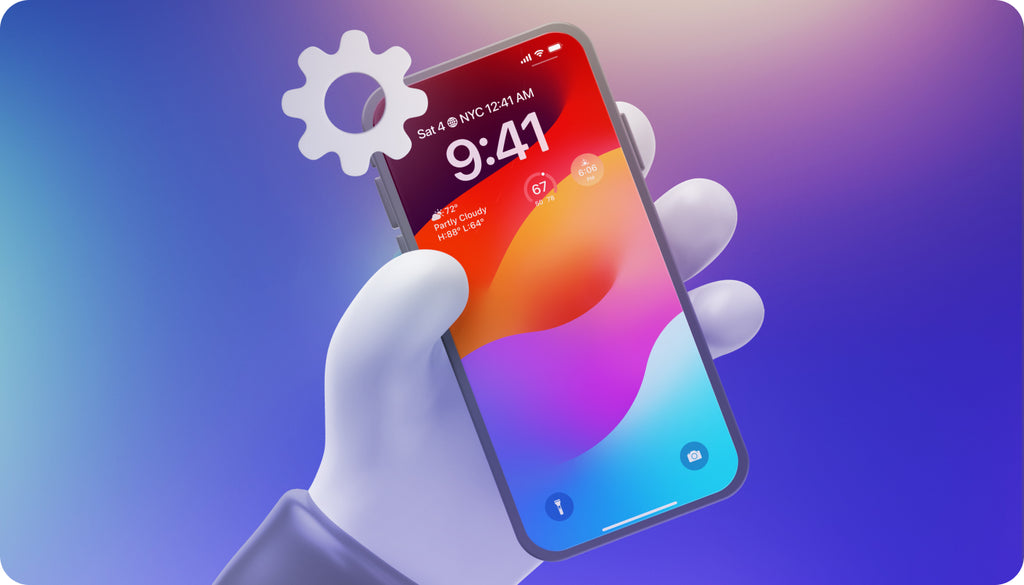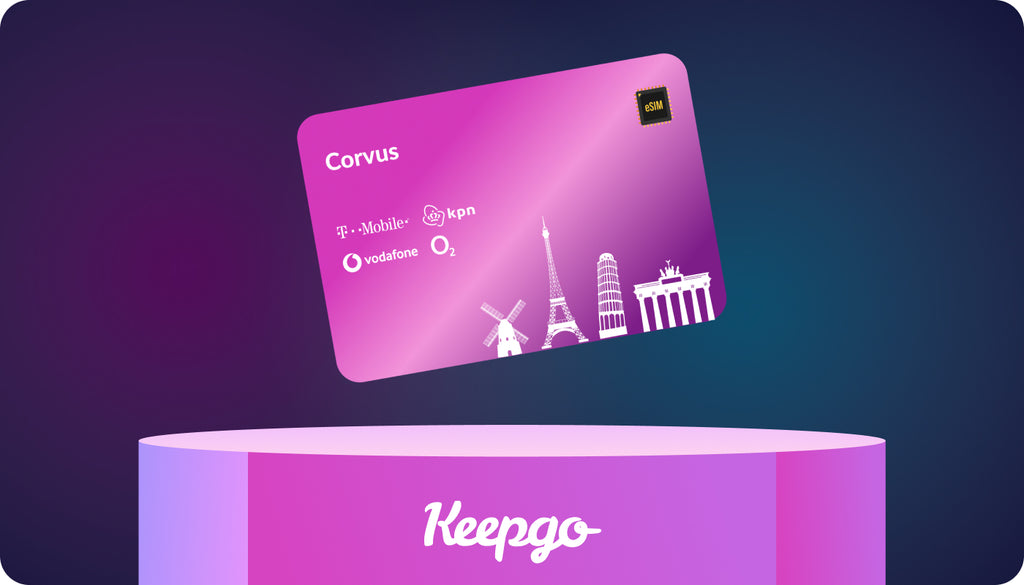4G and LTE – What Makes Them Different?
Anyone and everyone who owns a smartphone has heard of the terms 4G and LTE. While you may have a basic understanding of what these do for your phone, do you really know what they mean and how they differ from each other? In most cases, many people group the two together as basically being the same thing, which is both true and untrue.
Knowing the difference between the 4G and LTE, how they work together, and what they both exactly do can completely change the way you use your smartphone. If you’re not feeling too tech-savvy, then you’ve landed at the right place. This article will talk you through everything in a way that is understandable, and help you decide what’s right for you in terms of how you want your phone to operate. Before you know the difference between the two, it’s important to understand the basic meanings of them both separately.
The Basics of 4G
You see this on your phone all the time and you hear it constantly, but what does it actually mean? 4G stands for the fourth generation and was created by mobile telecommunications technology to replace 3G and speed up internet use on your mobile phone. The requirements for this new speed standard on phones was released in March of 2008. 4G enables more capacity on your phone, and almost every smartphone people use has the 4G capability. The company created 4G to have peak speeds of 100 megabits per second while traveling (such as by train, car, or bus), and speeds up to one gigabit per second while stationary (not moving around all over your city.)
Although these speeds are what we are supposed to be getting when we are connected to 4G, it’s highly unlikely you will get them. As more and more people are using 4G, the slower the connection is getting, and people have been complaining about it. 4G speeds are supposed to be five times faster than 3G, but a figure estimated that it’s only roughly two and a half times faster than 3G (14.7 megabits per second.)
There is not exactly a different cost between 3G and 4G, but since 4G is faster it consumes your data much quicker. If you are on a data plan, you should always check how much data you still have available before you surpass it and spend a fortune. You will only be covered by 4G in areas that have it available- mostly larger cities and towns. More remote places drop you down to 3G or leave you completely out of service. Pretty much every smartphone in this day and age is capable of connecting to 4G.
The Basics of LTE
Now that you know exactly what 4G is and its speed capabilities, it’s time to discuss what LTE is. As more and more people have been getting frustrated by promised 4G speeds that they are not receiving, mobile companies have been trying to fix this problem. LTE (Long Term Evolution) was created to boost 4G speeds. Think of it in a simple way. If you have an iPhone, you are used to hearing the terms ‘iOS 7, 8, 9, 9.1, 9.2, etc.’ When you see these, you know that your phone has an update available that provides many different features and tools. These updates are advancements for iPhones. Think of LTE as that, and update for 4G.
To easily understand what LTE means, you can think of it basically as a 4G update or 4G.1- if you want to get technical about it. LTE and 4G are in the same category, but LTE is more of a “beefed up” version of 4G. LTE has been bragged on, stating that you’ll have much faster online capabilities such as faster video conferencing, downloading, and streaming music and videos. The main focus was to increase the speeds of both downloading and uploading.
 |
Learn more about our products and plans |
| Check our plans |
Learn more about our products and plans |
 |
| Check our plans |
Verizon was the first phone company in the United States to aggressively pull LTE to their market and give their users the option of it. Other companies have caught on and now LTE is making its name and people are upgrading their phones just to have the 4G-LTE option.
There is also LTE-Advanced, which is a branch off of the LTE tree- basically another update that promises faster speeds and reliable mobile access both while traveling and in a stationary spot. LTE-A promises to provide customers with three more gBp/s than the original 4G and 4G-LTE would. It’s mentioned that connection won’t be lost near as much as it is now. Since more speed is packed in the same spectrum, it will enable many more people to access the network at the same time without problems.
So What are the Main Differences Between the Two?
Though 4G and LTE are both in the same category, remember that LTE is basically an updated version. Speeds of LTE are at a peak of 300 megabits per second, compared to 4G’s 100. Even though it’s advertised this way, you may not always receive this fast of a connection. Again, it all depends on where you are and what phone service you have.
While 4G is covered in most popular countries in the world, LTE has yet to evolve that far. LTE is available in fewer places than 4G, but it’s making its way around the world fast. While countries around the world have 4G in basically every phone company, LTE is usually in at least one company in a country.
It’s noted that LTE reduces power consumption, despite being very fast. The better technology that LTE provides is stated that it overall saves the battery life of mobile terminals. This statement, although, is very debatable and not many people see a difference in battery performance between 4G and LTE.
One of the biggest differences between the two is the smartphones that support LTE. Every smartphone in the year 2016 have 4G capabilities, but LTE is only available to certain phones and versions of those phones. In the Apple brand, 4G-LTE is supported on only five models- the iPhone 5 being the first. It is now supported on the iPhone 5S, iPhone 6, iPhone 6 Plus, iPhone 6s, and iPhone 6s Plus.
What to Decide?
The options between the two (and now three, considering LTE-A) will vary depending on how often you really need internet use when you are without WiFi. If you run a business and you are out and about constantly needing internet access and communication with other people, perhaps 4G-LTE is for you. Or, if you are just simply a person who’s constantly on their phone while out of the house, it may be for you as well. Keep in mind that even though these two are stated to be different in terms of speed, you may not always get your promised speed. Take this into consideration when you are opting to either upgrade your plan or buy a new phone in general.
Speaking of upgrades, be on a lookout for the new 4G Keepgo Mobile Hotspot, coming soon.
Top illustration by Storyset




